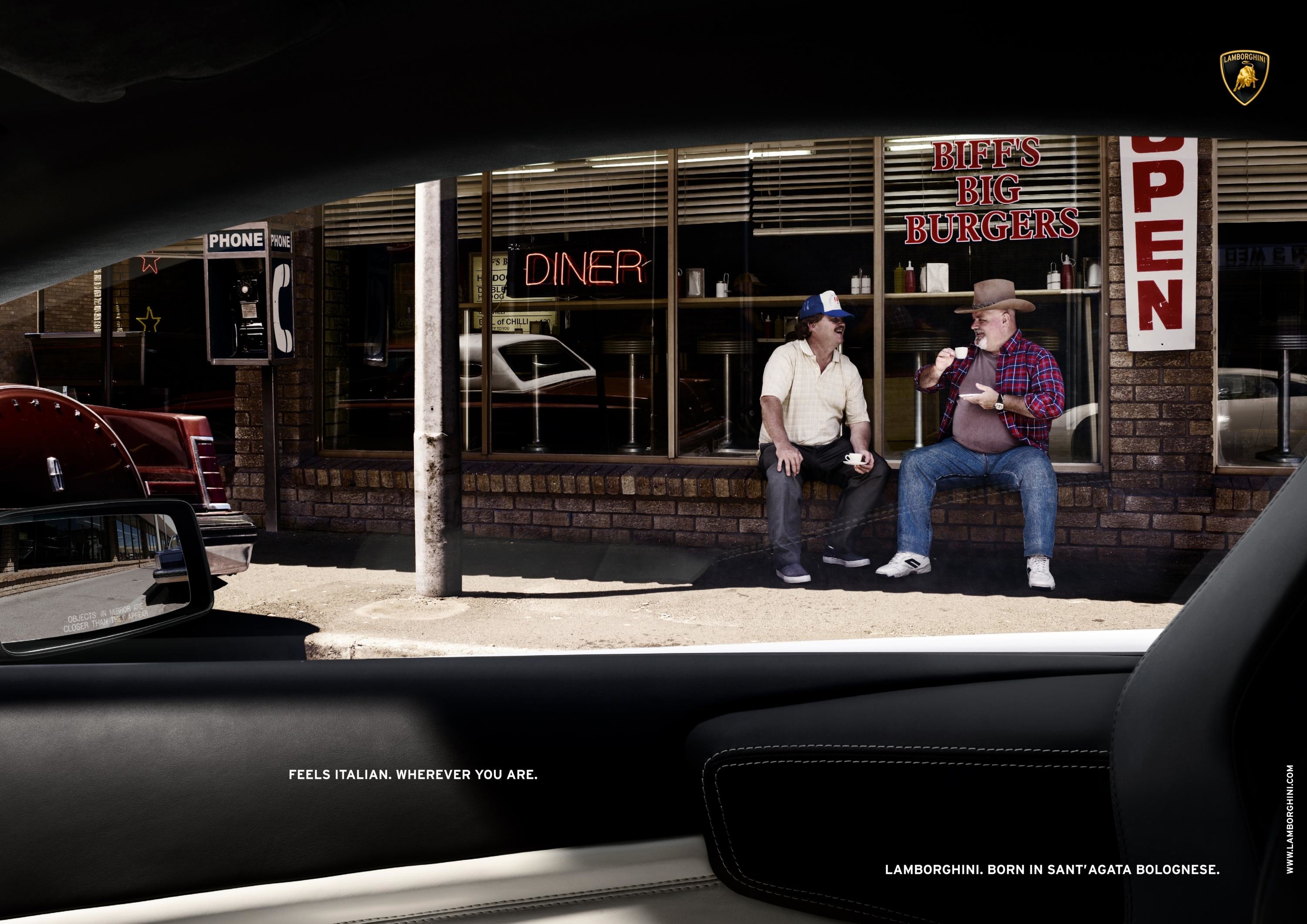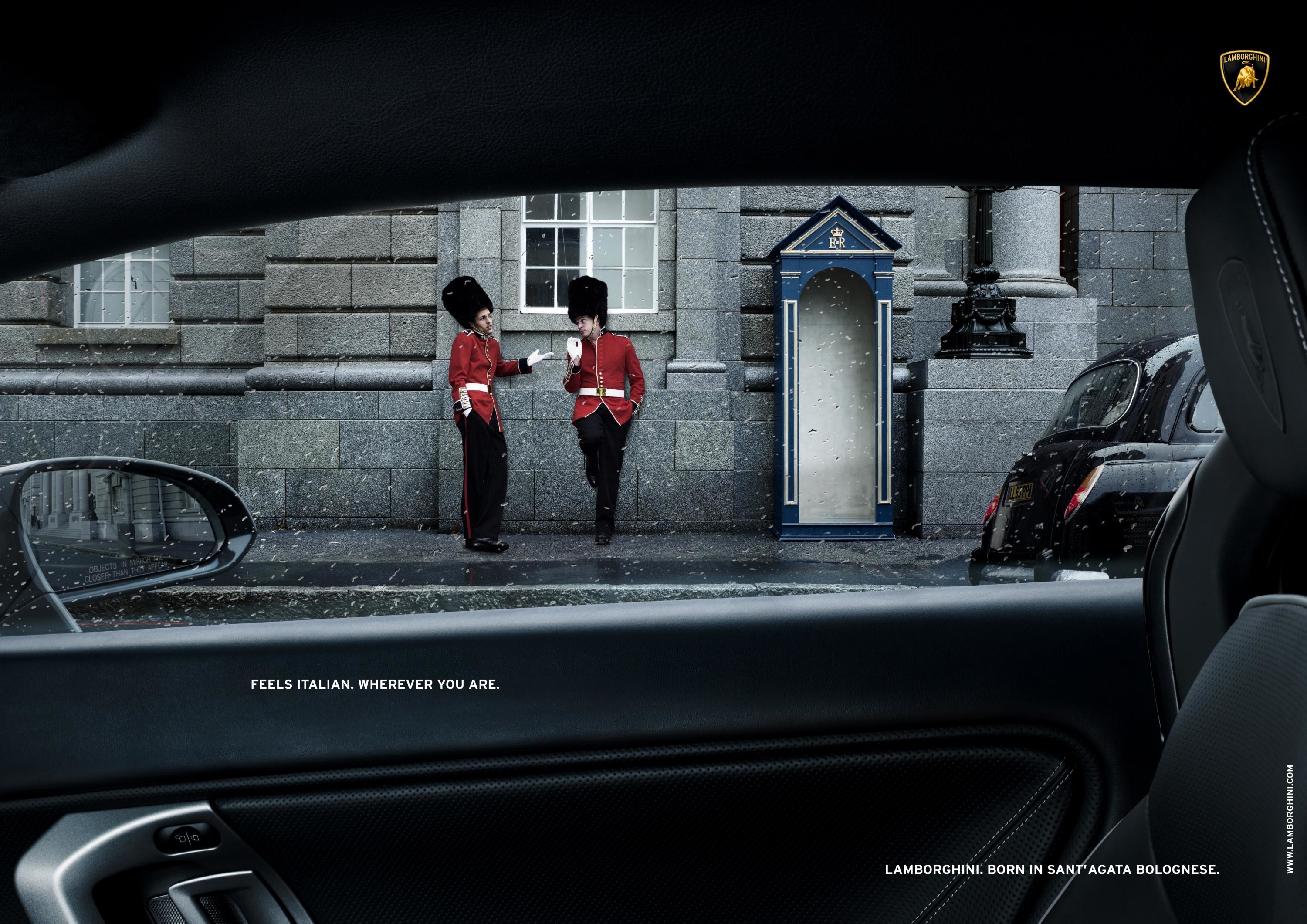Creative Data > Creative Data
HETZJAEGER. ANTIFASCIST ALGORITHMS.
PHILIPP UND KEUNTJE, Hamburg / LAUT GEGEN NAZIS E.V. / 2022
Awards:

Overview
Credits
Overview
Why is this work relevant for Creative Data?
HetzJaeger uses the data of hundreds of real fascist bands to craft a band, a 1:20 min teaser song and music video – so perfectly tuned to the streaming algorithms’ parameters – that it tricked them into automatically recommending our trojan band to the German neonazi scene. To trigger all important parameters, not only did the audio data have to be convincing, but also the lyrics, visual style, listening behaviour of our fans and social media links and mentions. Only through the creative use of social media to manipulate real nazi fans could we fully turn the algorithms into antifascists.
Background
Situation:
Fascism rises again worldwide, but especially in Germany. The ultimate gateway into the scene is music. In the past, fascist music was hard to find, today it’s super easy to come by: streaming platforms like Spotify and YouTube host thousands of songs with fascist ideology – even worse, their algorithms help spread those songs. Few people are aware of the problem in Germany. And even though the platforms do know, no effective measures are taken to remove these songs or bands.
Brief:
Laut gegen Nazis, an acclaimed organisation fighting fascism in every form, wanted to change that, wake up the platforms and activate people, so fascist music is removed from the web.
Objectives:
Create as much awareness of the problem as possible
Activate people to put pressure on the platforms
Get the platforms to act and remove songs and bands
Strong activation without a big budget.
Describe the creative idea / data solution
To remind the platforms of their duty of care and prove how they are spreading fascist ideology, we cleverly used their algorithms to spread an antifascist song in the German neonazi community. The algorithms use four parameters to validate if a band fits a user’s music taste: Audio (the music itself), Content (lyrics, visuals, profile on the platforms), Behaviour (who listens to the band, what other artists do they listen to, on which playlists is the song) and External Data (social media mentions, links, articles, social media profiles, likes, shares, follows). We had to hit all four just right so that they would recommend our trojan band to fans of real fascist bands. So a deep analysis of the data of real nazi bands was essential to craft the perfect trojan neonazi band out of all these details.
Describe the data driven strategy
With the help of music streaming data analysis tools like, e.g. Chartmetric, we identified the most popular fascist rock tracks, their fanbase and the most important playlists. We consulted both experts from record labels for streaming services distribution and experts on the fascist scene in Germany. We also screened YouTube and Telegram to get an in-depth understanding of how to optimise our band and song. Next, musicians and producers crafted the piece according to our data findings. Social media experts infiltrated key Telegram and Instagram groups to trick the nazis into discussing, sharing and liking our band and song. We also used Spotify's and YouTube’s Artist Affinity Targeting to play pre rolls and audio + banner ads for our teaser to fans of real fascist bands – resulting in relevant plays and playlist listings that further trained the algorithms.
Describe the creative use of data, or how the data enhanced the creative output
Not only did our song and band have to convince the algorithms, but also the fascist music fans. Our challenge was to create something appealing, fresh and still 100% algorithm-convincing from raw data like average tempo, pitch, dynamics, buzzwords and colour codes. We used this data as guardrails for our artists, who created the teaser, music video and visual identity the scene immediately accepted and celebrated. And it also triggered the algorithms: After releasing the teaser, the algorithms recommended it to fans of fascist bands over 120,000 times in just one month. HetzJaeger became the hot topic in the scene’s biggest Telegram channels, and our nazi fans were eagerly waiting for us to release the whole song. The data we gathered also helped us communicate with the scene in the right way and trick them into kindling the conversation around HetzJaeger.
List the data driven results
In only one month, our teaser was recommended to 120,000 real nazi fans. On Hitler’s seizure of power anniversary, we released the entire song – revealing its antifascist nature. The nazi community was shocked and angry, creating additional buzz around our initiative. Proving the streaming services’ role in distributing fascist music, we activated over 200,000 supporters to pressure the platforms. We started a petition on change.org, and the press also pitched in, resulting in a media reach of: 1.7 billion. Topic awareness rose by +500% in Germany. Media covered the operation in over 28 countries. ”Laut gegen Nazis” boosted their social media reach by +771% and engagement with their content by +1,400%, but most importantly, the platforms started to act. Over 700 fascist songs and bands have already been removed.
More Entries from Data-driven Targeting in Creative Data
24 items
More Entries from PHILIPP UND KEUNTJE
24 items






